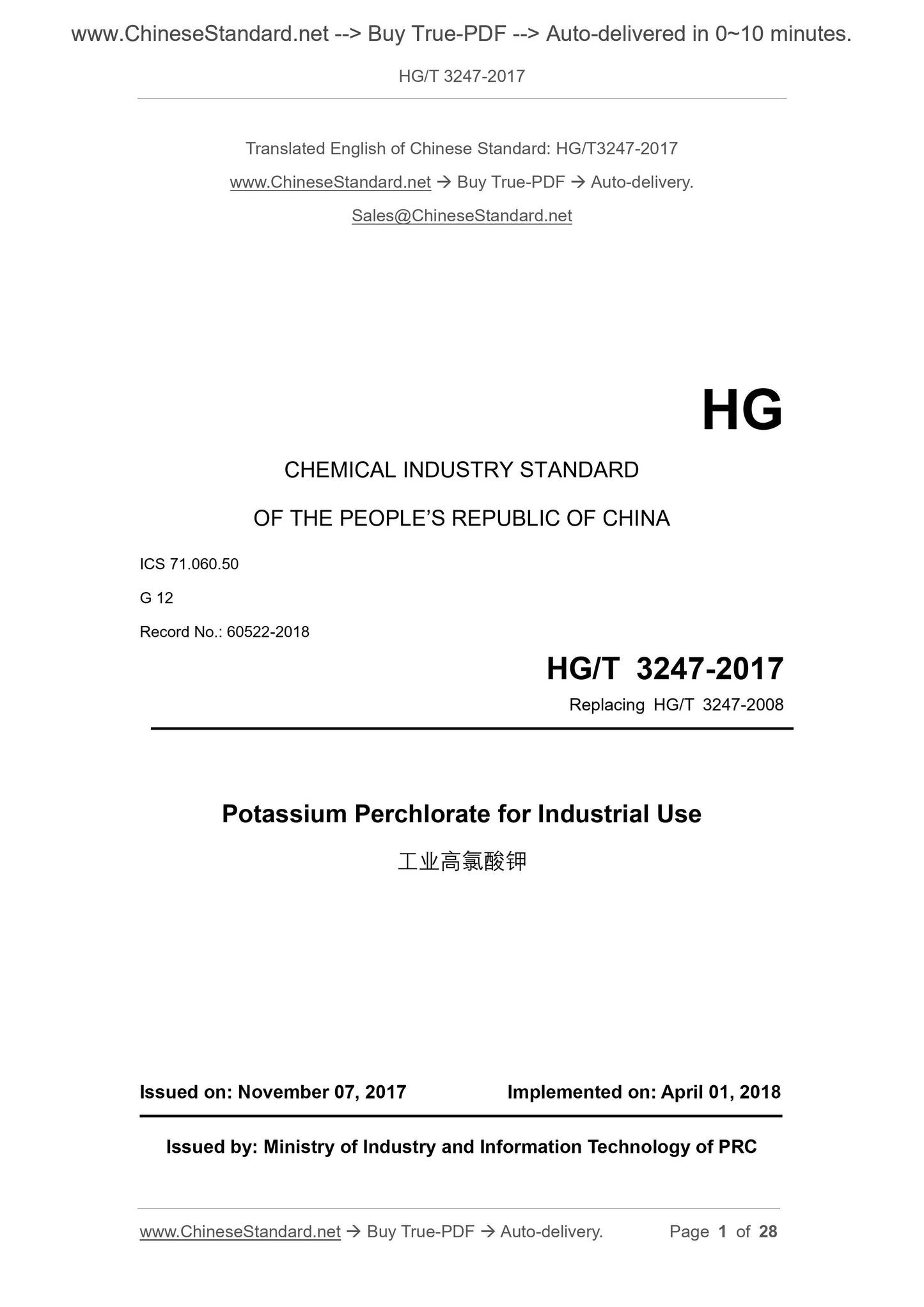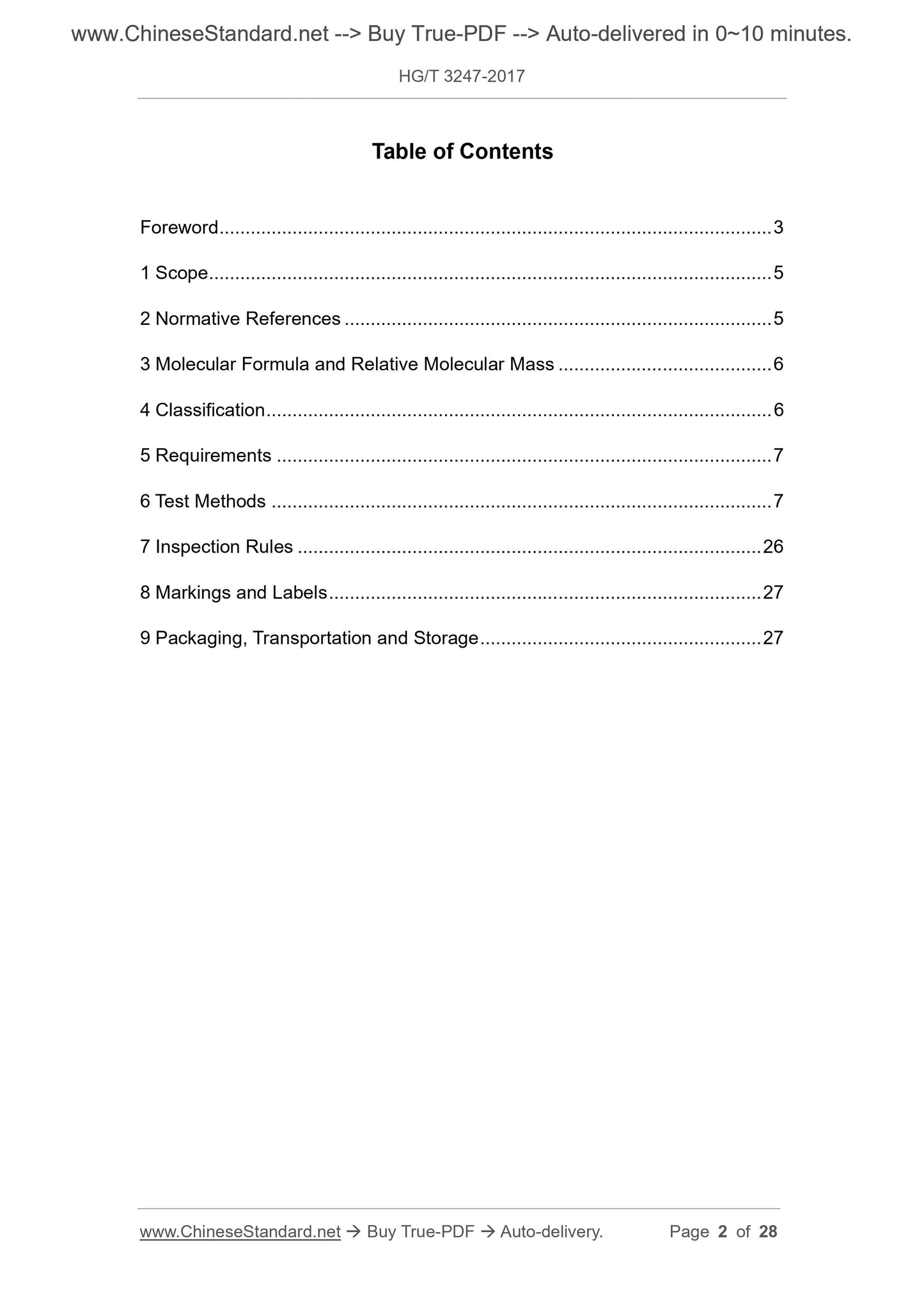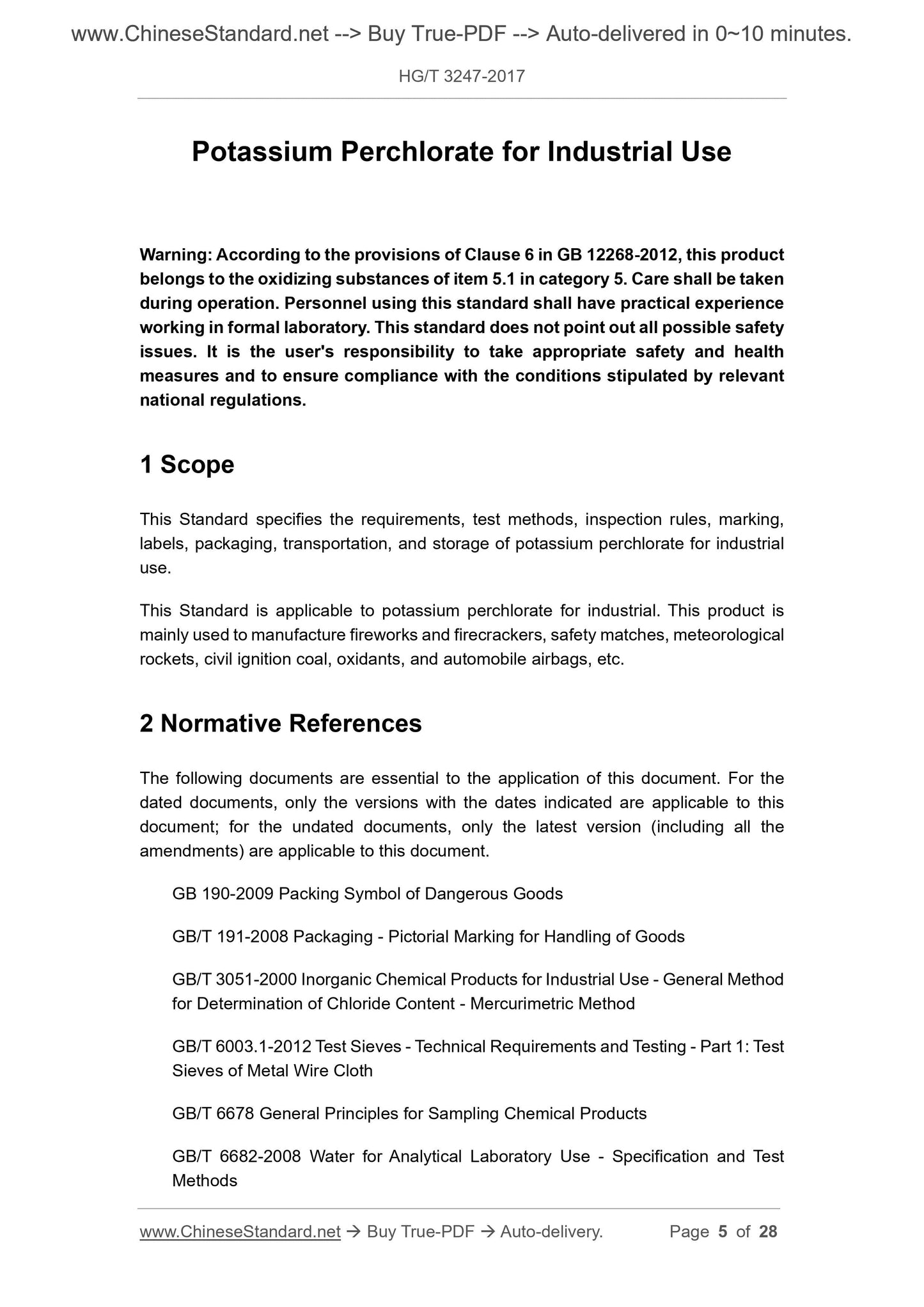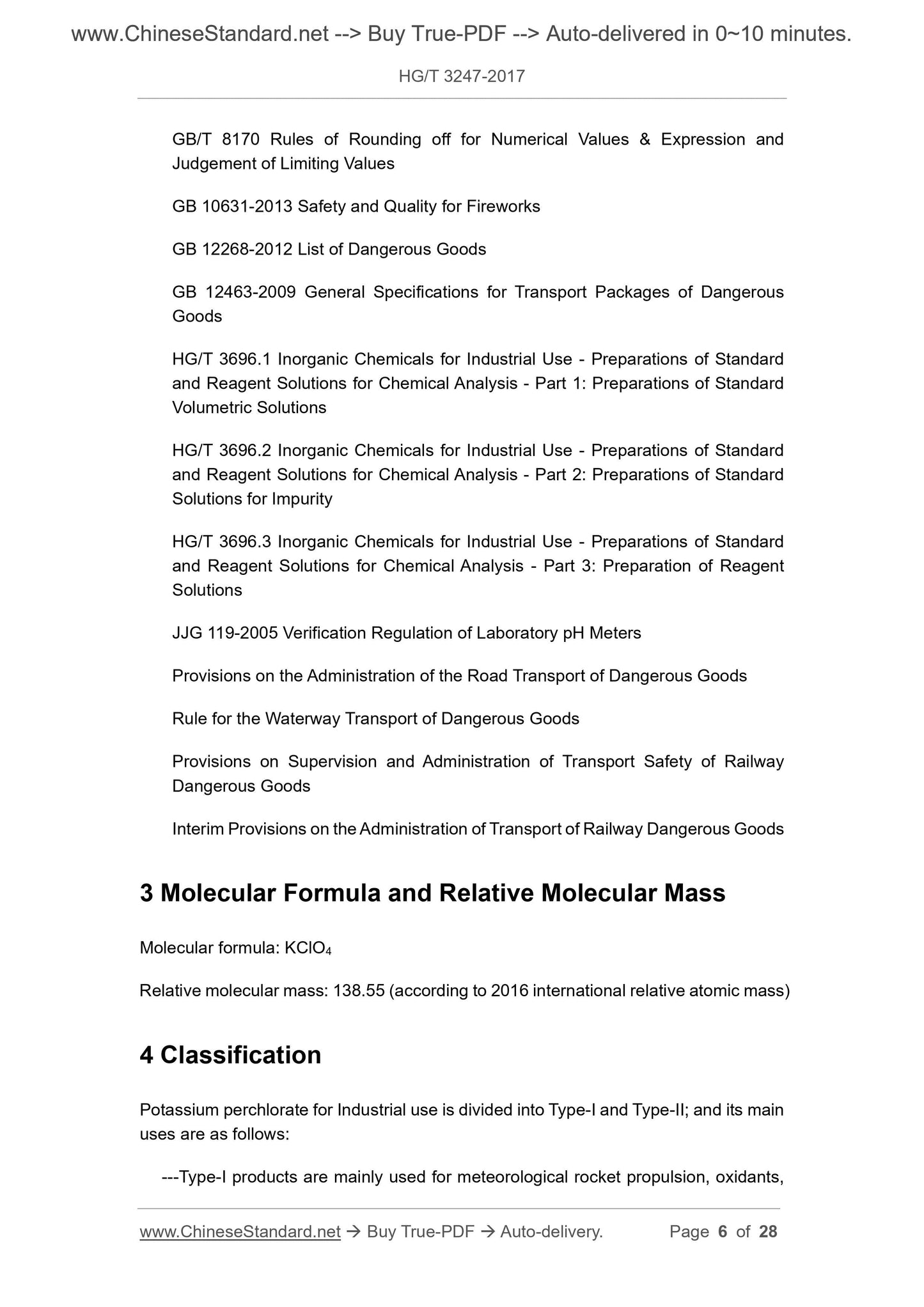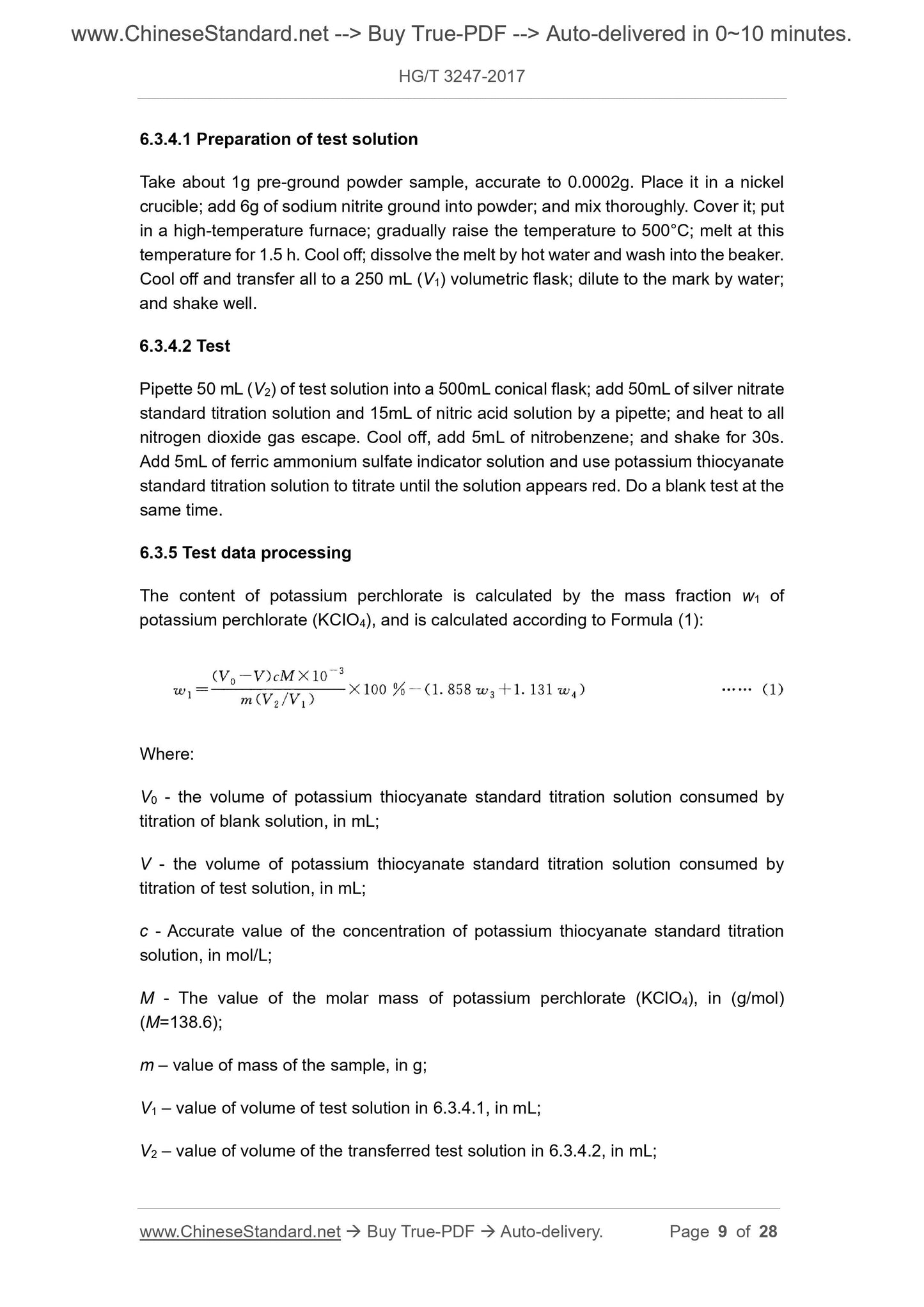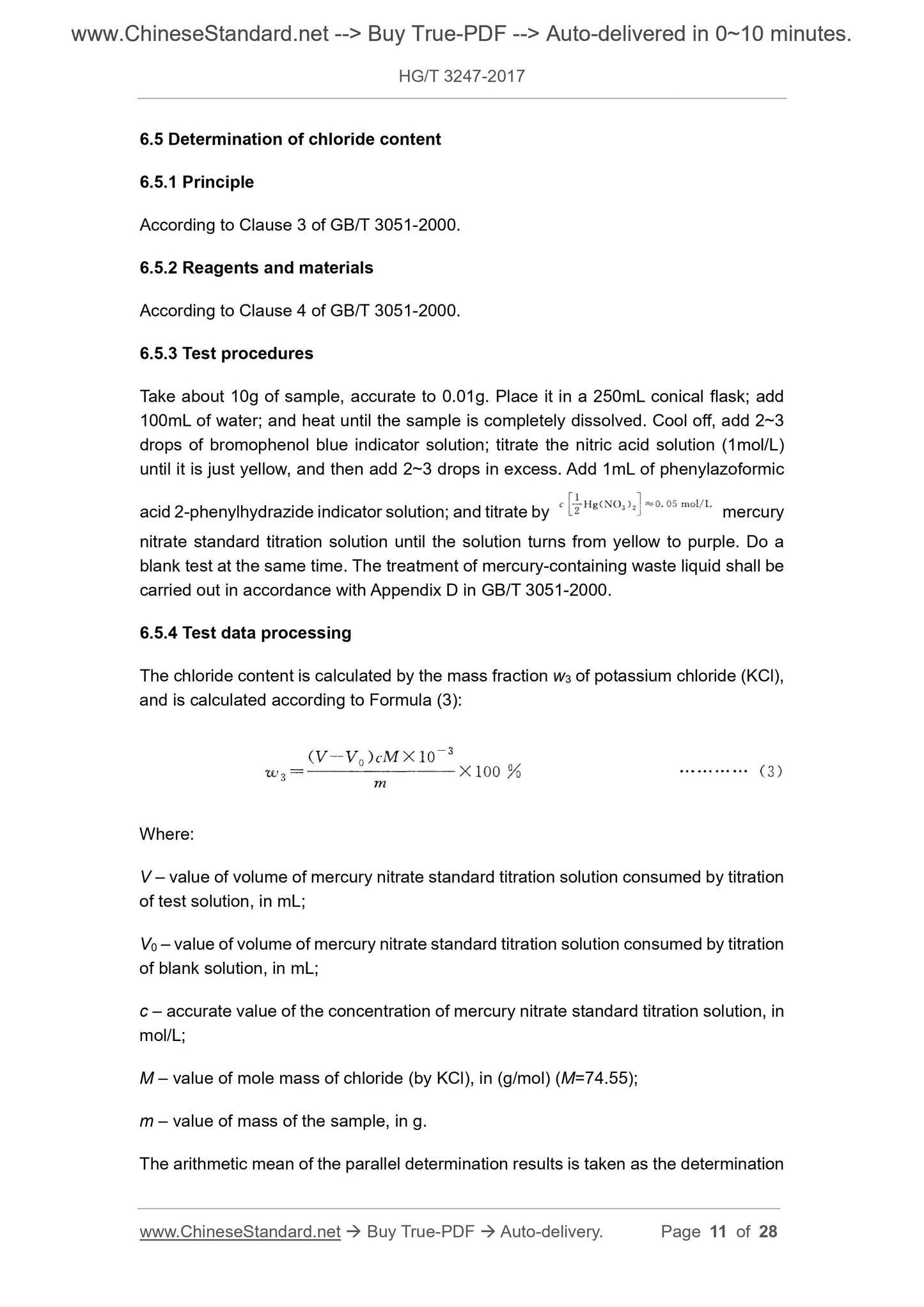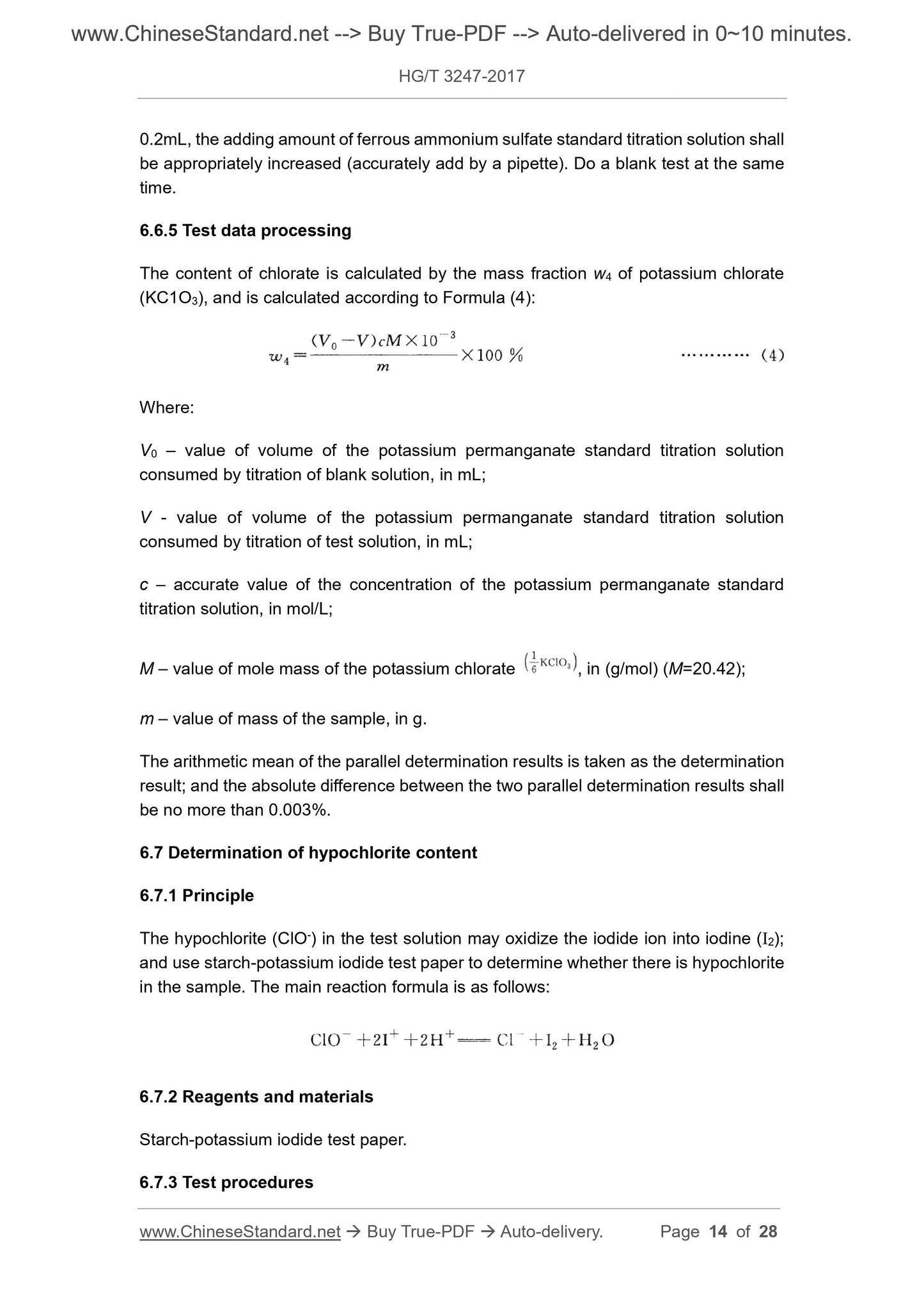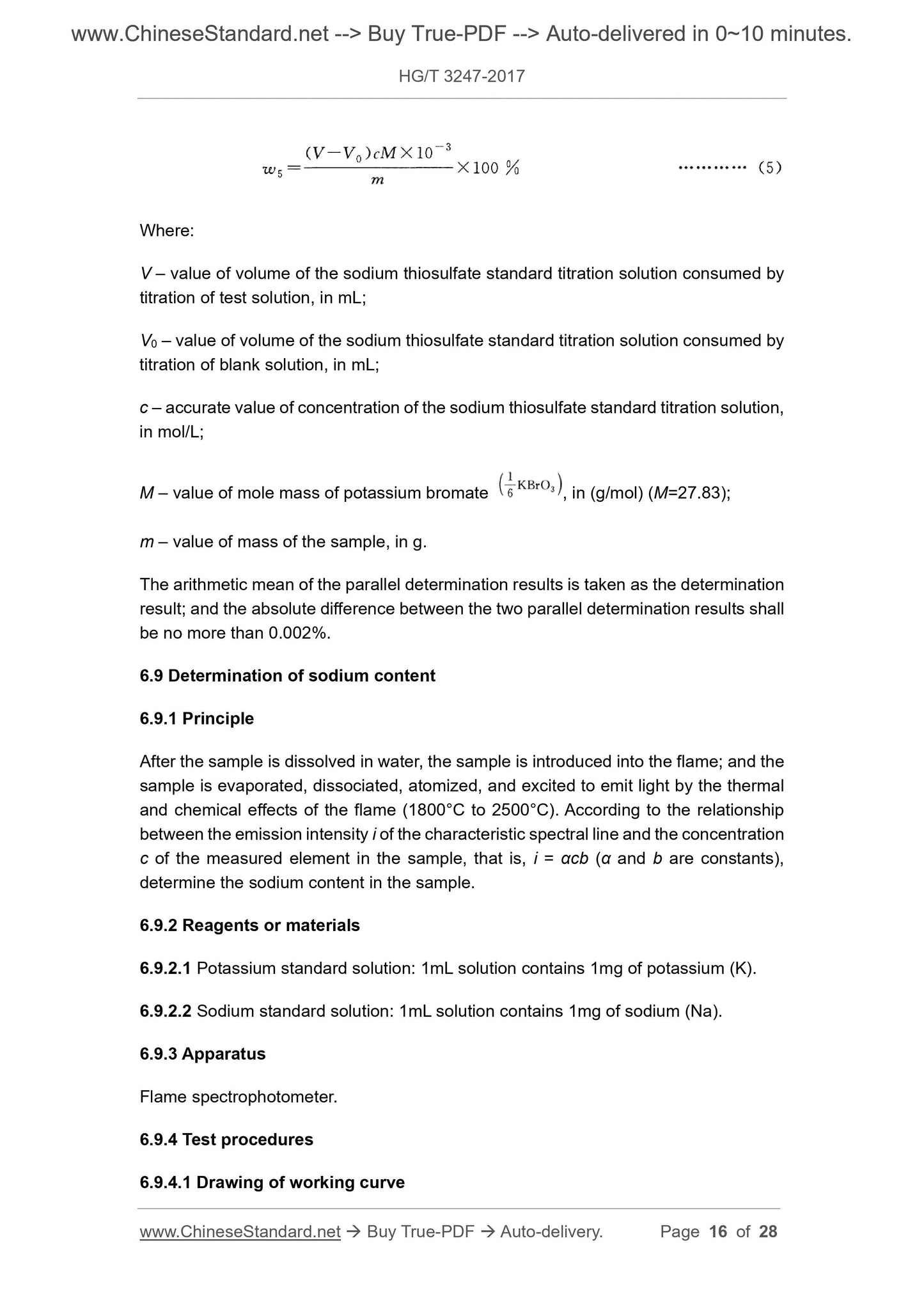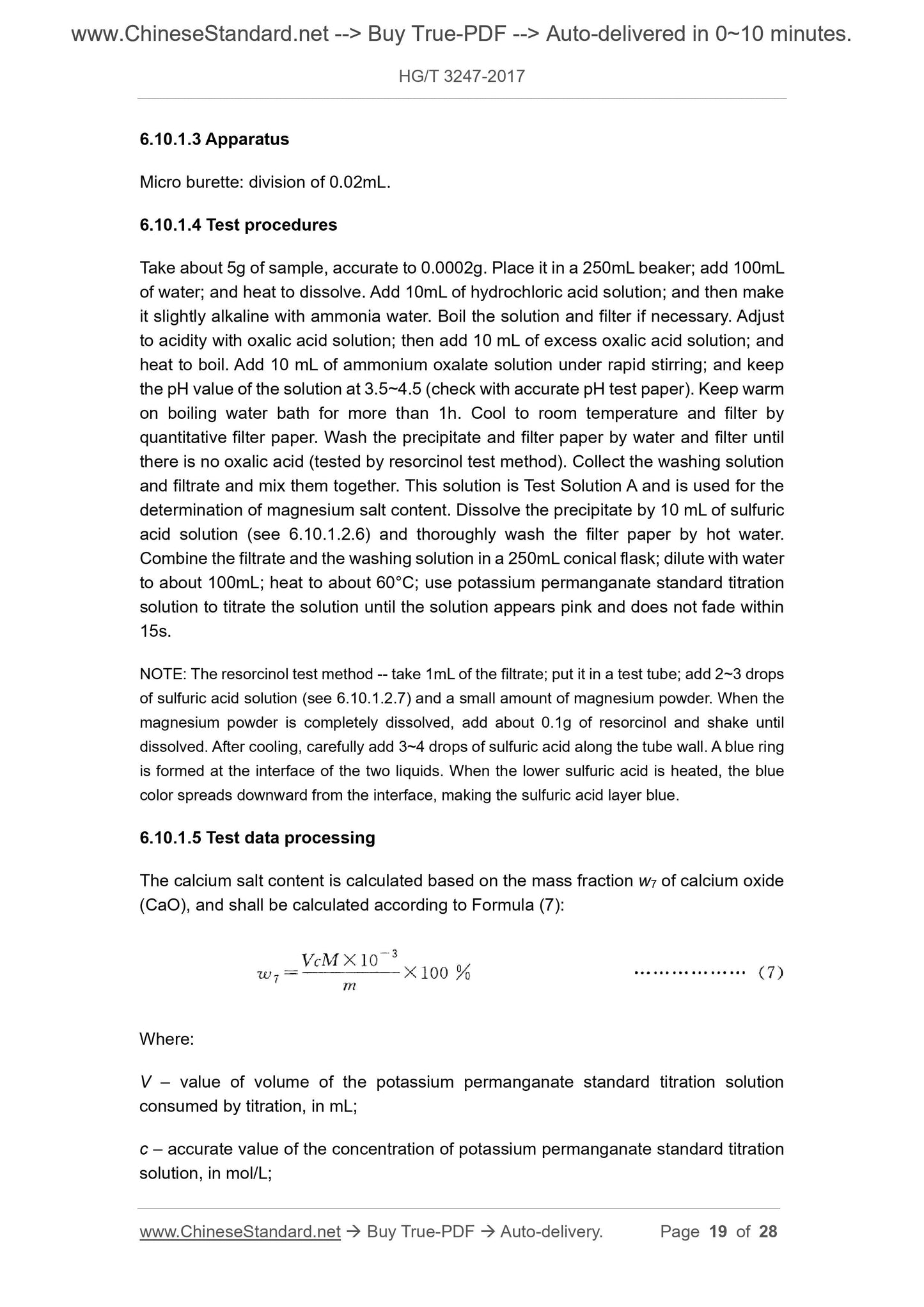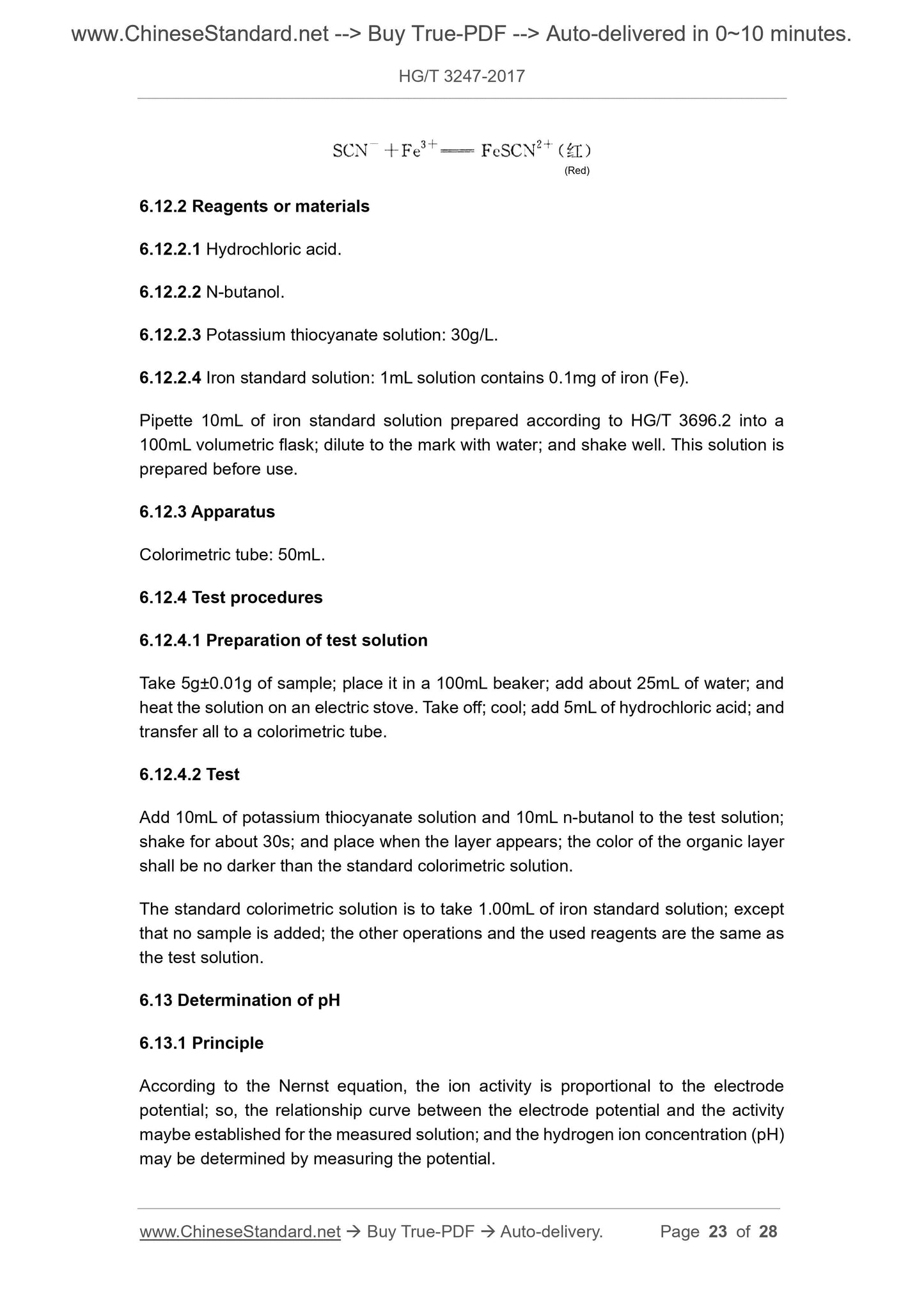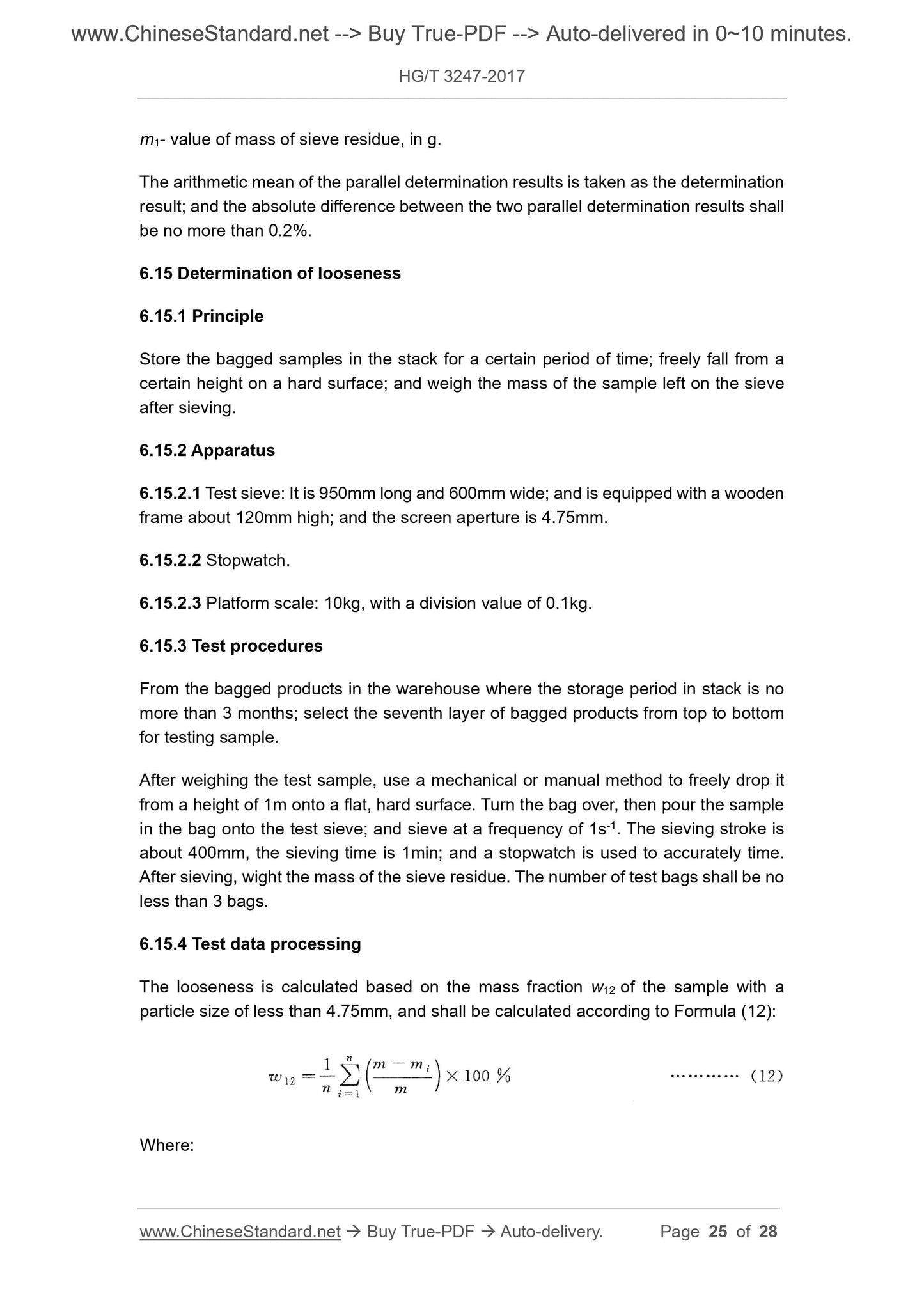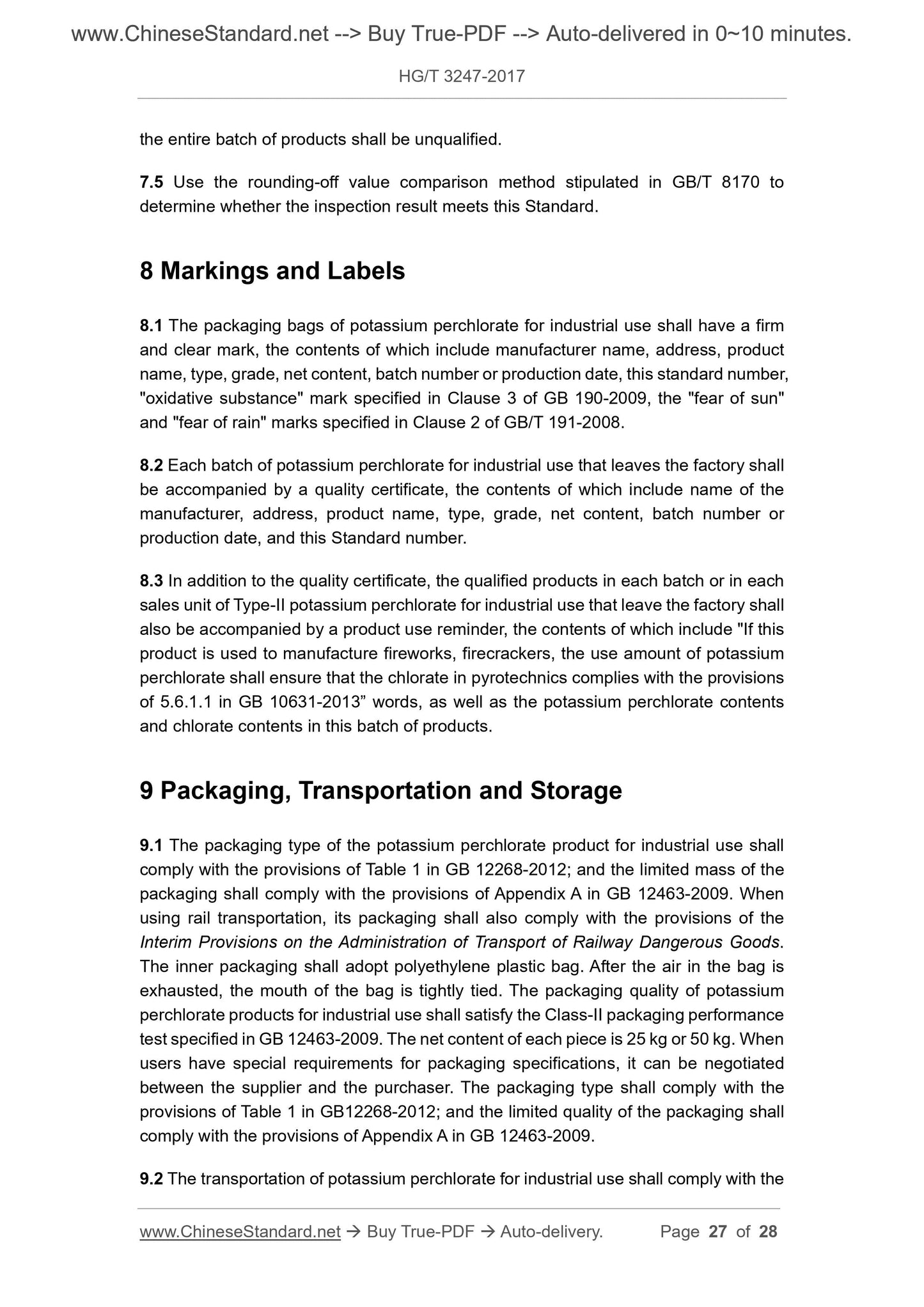1
/
of
12
www.ChineseStandard.us -- Field Test Asia Pte. Ltd.
HG/T 3247-2017 English PDF (HG/T3247-2017)
HG/T 3247-2017 English PDF (HG/T3247-2017)
Regular price
$285.00
Regular price
Sale price
$285.00
Unit price
/
per
Shipping calculated at checkout.
Couldn't load pickup availability
HG/T 3247-2017: Potassium Perchlorate for Industrial Use
Delivery: 9 seconds. Download (and Email) true-PDF + Invoice.Get Quotation: Click HG/T 3247-2017 (Self-service in 1-minute)
Newer / historical versions: HG/T 3247-2017
Preview True-PDF
Scope
This Standard specifies the requirements, test methods, inspection rules, marking,labels, packaging, transportation, and storage of potassium perchlorate for industrial
use.
This Standard is applicable to potassium perchlorate for industrial. This product is
mainly used to manufacture fireworks and firecrackers, safety matches, meteorological
rockets, civil ignition coal, oxidants, and automobile airbags, etc.
Basic Data
| Standard ID | HG/T 3247-2017 (HG/T3247-2017) |
| Description (Translated English) | Potassium Perchlorate for Industrial Use |
| Sector / Industry | Chemical Industry Standard (Recommended) |
| Classification of Chinese Standard | G12 |
| Classification of International Standard | 71.060.50 |
| Word Count Estimation | 18,159 |
| Date of Issue | 2017-11-07 |
| Date of Implementation | 2018-04-01 |
| Older Standard (superseded by this standard) | HG/T 3247-2008 |
| Quoted Standard | GB 190-2009; GB/T 191-2008; GB/T 3051-2000; GB/T 6003.1-2012; GB/T 6678; GB/T 6682-2008; GB/T 8170; GB 10631-2013; GB 12268-2012; GB 12463-2009; HG/T 3696.1; HG/T 3696.2; HG/T 3696.3; JJG 119-2005 |
| Regulation (derived from) | Ministry of Industry and Information Technology Bulletin 2017 No. 48 |
| Issuing agency(ies) | Ministry of Industry and Information Technology |
| Summary | This standard specifies the requirements, test methods, inspection rules, marking, labeling, packaging, transportation and storage of industrial potassium perchlorate. |
Share
